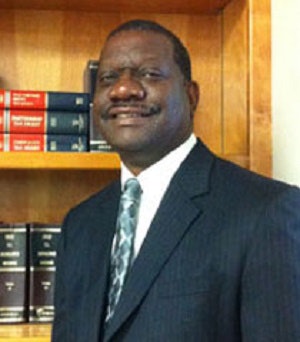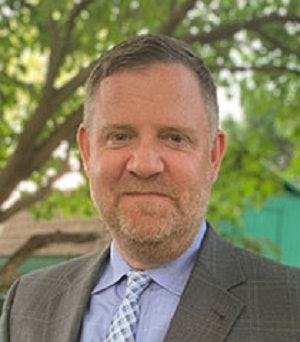Leverage Your Search Committees to Advance Diversity
While colleges and universities have made significant strides toward diversifying their student bodies, diversifying faculty and staff remains a challenge throughout academia. In 2017, people of color made up 24 percent of faculty at postsecondary institutions, compared to 45 percent of students. As of 2013, women accounted for only 36 percent of full professorships. On the staff side, senior college leadership fails to mirror the general population; college presidents who are people of color and/or women remain years—sometimes decades—away from parity with the general population.
 Eddie Freeman
Eddie FreemanThe search process inevitably changes the composition of our institutions’ faculty and staff. Critically, however, the search process also represents an unparalleled opportunity to increase representation from historically marginalized and underrepresented communities in all staff and faculty positions. Our organization, the Higher Education Recruitment Consortium (HERC), recommends you leverage your Search Committee to advance diversity, equity, and inclusion as you augment your workforce.
Assemble a diverse Search Committee.
A homogenous search committee runs the risk of perpetuating unconscious bias. If your department is lacking in racial, ethnic, or gender diversity, consider inviting a diversity advocate or faculty member from a complementary department.
In the job description, emphasize your institution’s commitment to diversity.
In our 2019 survey of over 4,000 diverse higher education job seekers, 76 percent ranked an employer’s diversity and inclusion policies and practices as “very” or “extremely” important. The job description is the first opportunity to signal to candidates that your workplace values equity and inclusion.
As your Search Committee drafts the job description, emphasize how your institution strives to create an inclusive and equitable workplace. Highlight benefits like dual career programs, work-life policies, and professional development opportunities. Perhaps your campus provides community-building opportunities, such as Employee Resource Groups for faculty and staff of color, or an active affinity group for LGBTQ+ employees. Additionally, ensure your Search Committee utilizes inclusive language in the job description. Be sure to examine language for bias: requiring a candidate be a “digital native” may turn away older, but perfectly tech-savvy, employees; requiring fifteen years of experience when only five are necessary could eliminate dynamic, early-career candidates; and requiring physical capabilities that have nothing to do with the actual job may excluding a stellar candidate who has a disability.
Proactively promote the open position.
Reaching diverse candidates doesn’t only enhance the quality of your campus community, it may also be a legal requirement under the Department of Labor’s Office of Federal Contract Compliance Programs. If your institution has struggled to find diverse candidates in the past, reconsider the channels for advertising the position. Have your Search Committee promote the job with professional associations representing diverse professionals. Invest in advertising the open position on websites and in publications that are geared toward diverse job seekers. HERC actively promotes our institutional members’ jobs at conferences focused on veterans, professionals of color, and professionals with disabilities, among others.
Finally, don’t overlook resources on your campus: Tap into your human resources and diversity, equity, and inclusion offices for advice on where to post jobs to reach the broadest audience.
 Ian Reynolds
Ian ReynoldsEquitably share resources with, and evaluate, candidates.
Ensure your evaluation standards are the same for all candidates. Establish a standard evaluation rubric, based on the job description, for both applications and candidate interviews. During the candidate interviews, carve out an equal amount of time for every interview and ask the same prepared questions.
Instruct your Search Committee to avoid assumptions about a candidate’s need for resource groups, dual career services, or family care resources; instead, mention the full spectrum of services to all candidates. We recommend creating a comprehensive resource packet that you present to all of the finalists. Consistency in your evaluation process can help cut down on bias, providing all candidates with a “fair shot” at the open position.
By incorporating these small, but significant, changes to your recruitment procedures, you can empower your Search Committees to both hire talented new colleagues and enact your institution’s values around equity and inclusion.
The Higher Education Recruitment Consortium (HERC) is a coalition of 700+ colleges, universities, and related institutions advancing diversity, equity, and inclusion in the higher education workforce. Eddie Freeman is the chair of HERC’s Board of Directors and the Executive Director & Deputy Title IX Coordinator at The University of Texas at Arlington. Ian Reynolds serves as HERC’s Executive Director.



















